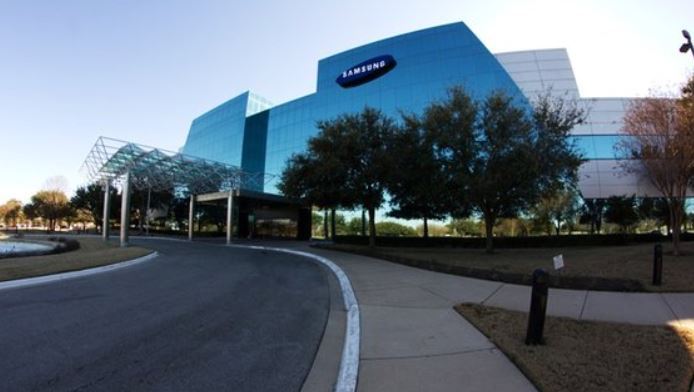Samsung Electronics’ plans to build semiconductor foundry plants in the US could yield $8.9 billion in the local economy, according to analysis by Impact DataSource, quoted in Samsung Electronics’ letter of intent to the Texas authorities.
According to industry sources, Samsung Electronics sees the high tax rates in Texas as an obstacle to its plans for larger business in Austin, and is reviewing alternatives such as New York, Arizona and Korea for is future investment.
An official statement made by the Samsung Electronics to The Korea Herald said that the company was mulling multiple locations for its potential foundry plant and nothing had been decided as of now.
The official The Korea Herald spoke to said the letter of intent seeking a tax reduction with the State of Texas does not translate to a conclusion that an investment in Texas has been decided on.
Semiconductor plants require billions of dollars of investment. They lead to employment, and creation of added value that result in cascading economic effects, according to the company.
Based on this projection, Samsung Electronics is negotiating tax benefits with US states that it is considering as potential destinations for its foundry plants.
According to the Korean wire service Yonhap, in the letter of intent Samsung Electronics filed to the Texas Comptroller of Public Accounts, the report from US consulting company Impact DataSource was included in the appendix.
The report estimates the economic reverberation Samsung Austin Semiconductor’s “Silicon Silver” project will have in terms of factory establishment and the consequent 20 years of operation.
As per the report, Samsung Electronics will inject a total of $17 billion into the foundry, of which some $5 billion will go in to real estate and building, while $9.9 billion will be used for facility and parts purchases.
In the process of the plant construction, some $4 billion is expected to be directly infused to local builders and manufacturers.
If peripheral effects are also taken into consideration, such as logistics, distribution and consumption, the area’s economy will experience up to $8.9 billion worth of activity during the construction period, Impact DataSource analyzed.
Over 19,000 jobs will be created, for whom the pay will amount to $4.6 billion, according to Impact DataSource.
In 20 years’ time, this will result in a local economic boost of $8.6 billion, with 2,900 full-time jobs and $7.3 billion as their paycheck.
The city of Austin will benefit some $1.2 billion over those 20 years through sales taxes, property taxes and employee spending, Impact DataSource said.
In total, Samsung Electronics is requesting that Texas state authorities grant the company a $85.5 million tax reduction for the next two decades, Yonhap said.
The industry believes Samsung Electronics could break ground on an expansion of its Samsung Austin Semiconductor facility in the second quarter of 2021 and begin full-operation of the new plant by the fourth quarter of 2023.
Samsung previously announced its plan to become the world’s No. 1 system semiconductor company, surpassing Taiwan’s TSMC, through 133 trillion won ($119 billion) of investment by 2030.
A system semiconductor, or non-memory semiconductor, differs from memory semiconductor in that the former is used for computing and controls while the latter is used for data storage. If as a person, a system semiconductor would be one who’s fast with numbers while memory semiconductor is one who has a deep capacity for remembering things.
With advances in technology such as artificial intelligence and deep learning, fast computing skills in semiconductors are increasingly becoming in demand. Korea has so far been known as a stronghold in memory semiconductors but not so much in system semiconductors. Both state-led and conglomerate-invested efforts are being drawn on to change this paradigm.
By Lim Jeong-yeo (
kaylalim@heraldcorp.com)








